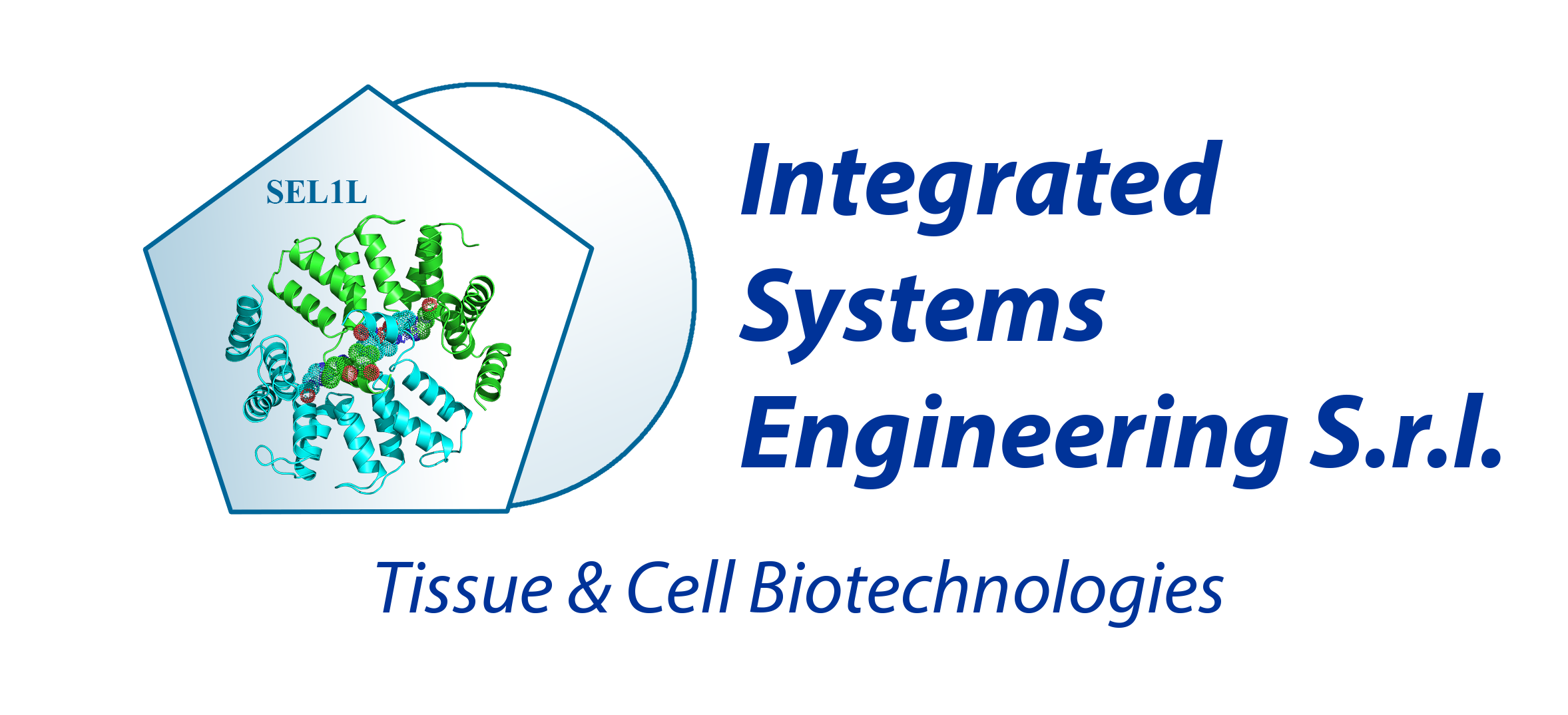DIGI-B-CUBE – Galileo-HUB
Deep-Learning based Techniques for Precision Tissue-Cell Microarray Processing
The Tissue microarray (TMA) and digital pathology (DP) platforms associated to artificial intelligence (AI), will enhance the simultaneous characterization of multiple tumours since all samples are analysed under identical experimental conditions. The combination of these platforms will increase the selection of the tumor/cell area of interest and facilitate the identification of gene product(s) that interconnect with cancer and surrounding non-cancer cells as well as their microenvironment. To move into diagnostics, Galileo-Hub will incorporate “deep learning-based artificial intelligence algorithms (DL-AI) into the TMA platform. This combination will lead to a faster and more accurate TMA construction; a decrease in the validation and certification of pathology tests and the mechanism related to automated core picking. The AI Pathology market in 2027 will be 51.3 Billion$ with a CAGR of 41.4%. With AI the Galileo-Hub sales will increase of 80-100 units in 3 years with a cumulative profit of 2-3M€ and a R.O.I of 3,57 and 10.19 by year 3 and 5 respectively
Deep-Learning based Techniques for Precision Tissue-Cell Microarray Processing
SilkFUSION (in progress)
Genetically engineered human pluripotent stem cells, functionalized silk-fibroin platforms and bio-inks: a novel solution for large-scale ex-vivo platelet production, transfusion and drug research.
Abstract: The limited supply of human platelets and the rapidly growing demand for medical research and clinical applications including studies of platelet-related disease mechanisms, drug efficacy testing and platelet transfusions for patients, are manifest. The primary goal of SilkFUSION is to engineer groundbreaking 3D nanotechnologies for producing blood platelets for human transfusion from pluripotent stem cells (hPSCs). Our hypothesis is that platelet production ex-vivo can be precision tailored and optimized by providing megakaryocytes with the correct physical and biochemical environment. To prove this, we will develop a new bone marrow model by functionalizing non-thrombogenic silk protein biomaterial with six proteins, screened from a library of > 250, that are proven to promote a 55-fold gain in platelet production. The new system will be combined with three technologies developed within our consortium to obtain (a) forward programming (FoP) approach to produce megakaryocytes from hPSCs, (b) granule targeting for overexpression of FVIII in megakaryocytes, (c) hPSC derivation from patients with hereditary thrombocytopenia and CRISPR/Cas9 introduction of mutations in normal hPSCs.
NeuroStemCellRepair
European funded project (FP7-EU), ending in 2017 – aiming to take human stem cells through the final steps toward clinical application in cell replacement therapy for neurological disorders. Parkinson’s Disease will be taken at first, as the prototypical disease tackling next generation issues pertaining to stem cells at a basic level and develop new approaches and novel cell sources, validated at pre-clinical stages, with the evaulation of therapeutic effects following animal transplantation for both Parkinson’s and Huntington’s Diseases.
NetLips
Italian Founded project by Regione Lombardia and Ministry of Research – ending 2014 – aimong to create of a proof of concept for the establishment of the Lombardy iPS Stem cell Banking Network. The activities involve the derivation with different methods, of iPS cells lines from Huntington, Multiple Scleroysis and Diabites donors, their characterization, quality control, cryopreservation and distribution of standardized cell lines.
ATP-SKE
Italian funded project by the Regione Lombardia ended in 2013 – aiming at the pre-clinical validation of a bioreactor for the culture of stem cells suitable for regenerative medicine purpose. Within this project, ovine bone marrow-derived mesenchymal stem cells will be characterize and optimized for the culture in dynamic condition on opportune scaffolds and studied for their osteogenic potential in vitro and in vivo.
NeuroStemCell
European funded project (FP7-EU), ended in 2012 – aiming to the optimization of novel stem cell lines able to generate mesencephalic dopaminergic neurons and striatal GABAergic neurons suitable for neuronal replacement in clinical trials of stem cell therapy for Parkison’s and Hungtinton’s disease.
P.I.S.T.A
Italian funded project by the Regione Lombardia ended in 2010 – aiming at the identification of new molecular and genetic targets for the development of new drugs for the therapy of cerebral tumors as the Glioblastoma Multiforme. For this purpose the Cell Array Technology was used in combination with Galileo Tissue MicroArray to screen several neural cell lines for the expression of candidate biomarkes.
NEUROscreen
European funded project (FP6-EU) ended in 2010 with the aim of generating novel rodent and human neural stem cell lines for drug screening purpose. The project provided genetic tools to screen genomes for chromosomal alterations and standards procedures for the safe collection, transportation, and banking.
